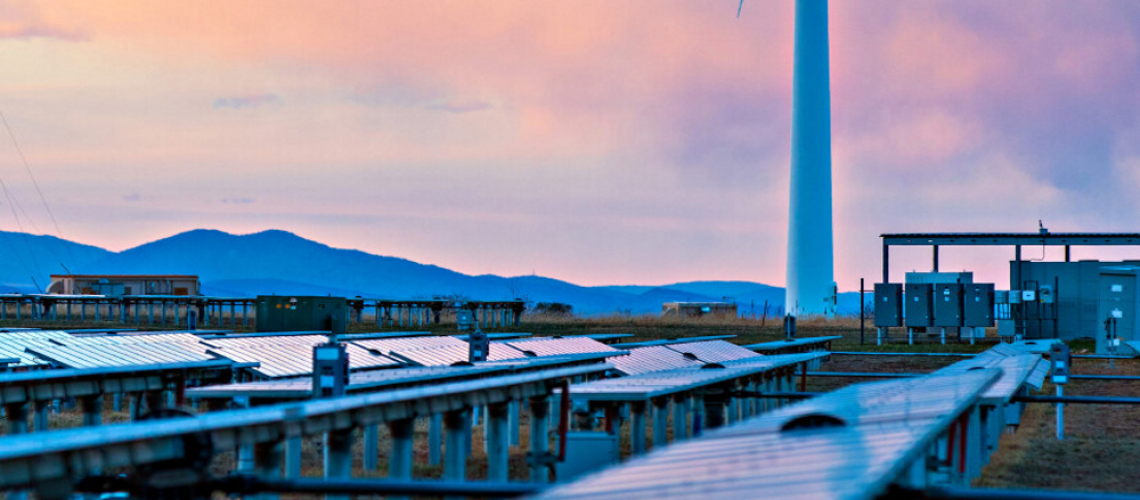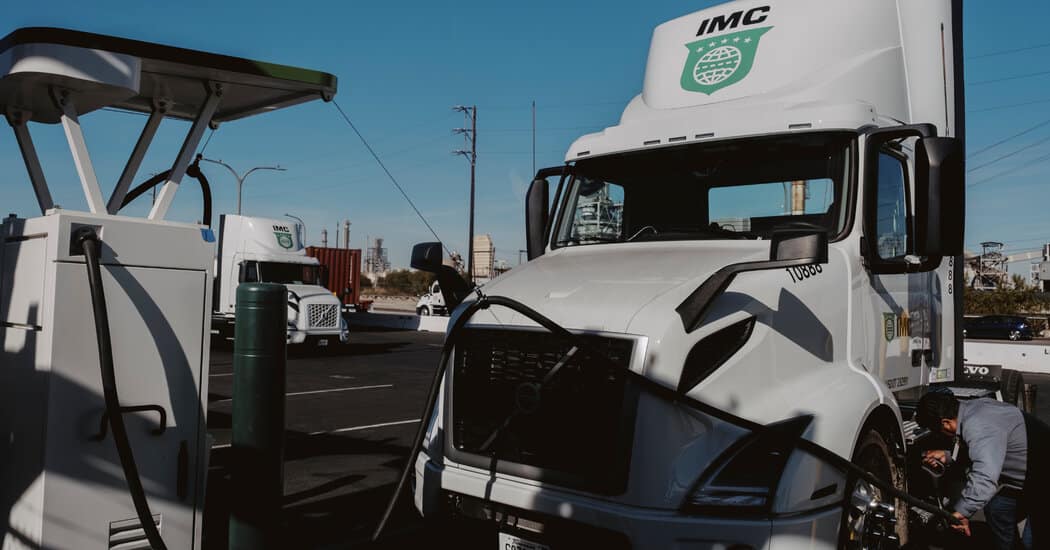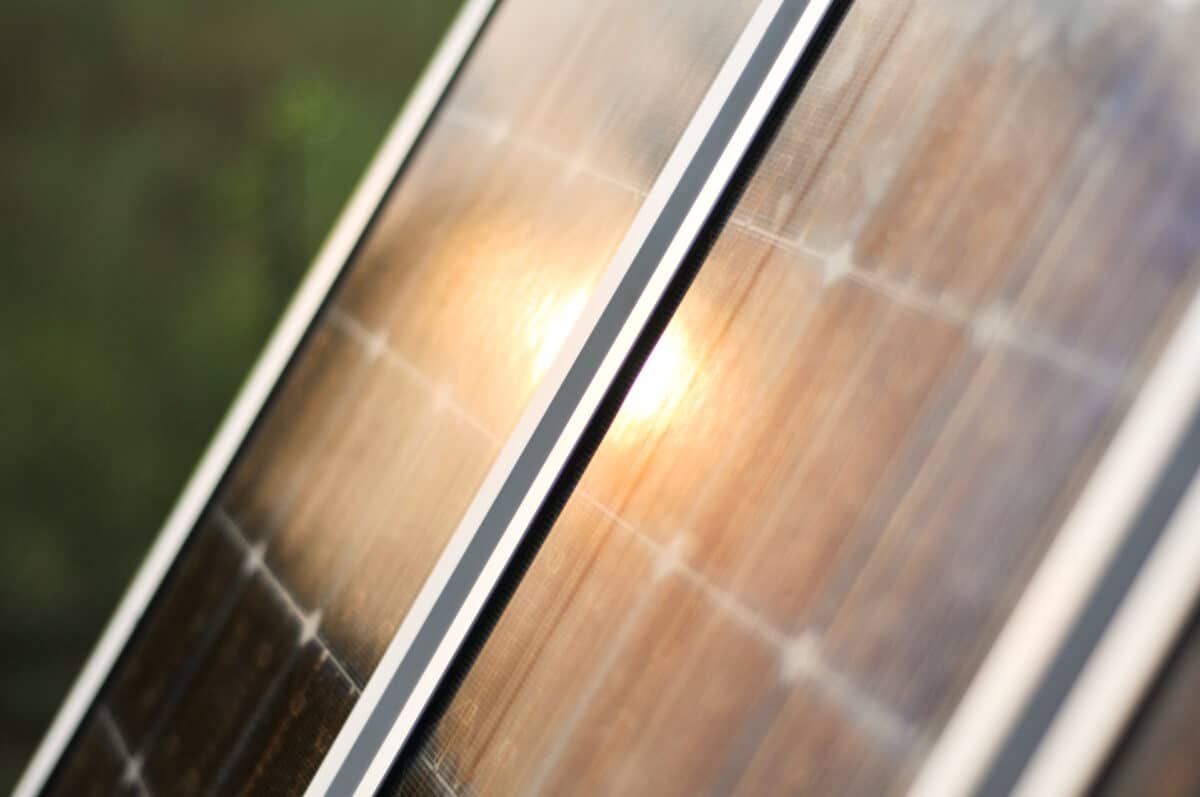Selected projects in thirteen states and Puerto Rico will be funded by the Bipartisan Infrastructure Law and support a resilient grid that automatically adjusts to changing demands.
The U.S. Department of Energy (DOE) is investing $26 million through the Bipartisan Infrastructure Law for eight selected projects to demonstrate how solar, wind, storage and other clean energy resources can support a reliable and efficient power grid.
The Solar and Wind Grid Services and Reliability Demonstration program will deploy clean energy technologies with a goal of learning more about technologies that support a resilient grid that automatically adjusts to changing demands.
“As threats and climate risks to America’s energy infrastructure continue to evolve, DOE is laser-focused on ensuring our power grid is strong and reliable as it incorporates a historic level of renewable resources,” said U.S. Secretary of Energy Jennifer M. Granholm.
The program is funding eight projects at 15 sites in 13 states and Puerto Rico, and will involve research teams consisting of utilities, laboratories, universities and industry. The teams will test how wind and solar plants can more reliably transmit clean energy and protect against disruptions to the network of high-voltage power lines that carry electricity from centralized generation sources. Monitoring and test controls will also be implemented that allow the grid to restore power quickly and efficiently after power outages.
The selected projects fall into two topic areas: Wind and solar grid services design, implementation, and demonstration; Protection of bulk power systems with high contribution from inverter-based resources (IBRs).
The Electric Power Research Institute was awarded $3.4 million for the Collaborative Ancillary Service Accelerator for Renewables (CASAR) project. This project will develop a multi-level control architecture for power systems that supports ancillary services to the grid, including active and reactive power event and non-event reserve services. This project will work with multiple balancing authorities and utilities to perform demonstrations of grid services at sites across Michigan, Nebraska, Texas, New Mexico, and California.
GE Renewable Energy was awarded $3.5 million for the Grid-ready Wind project. The work is primarily taking place at the Great Pathfinder wind power plant in Iowa, and it includes a commercial-scale demonstration of grid services using emerging grid-forming technology in Type-III wind turbines with electricity output controlled by converters. This project is jointly funded by WETO and SETO.
Portland General Electric Company was awarded $4.5 million for a project that will develop a 300 MW wind, solar and battery storage combined power plant. The project aims to demonstrate grid services using mixed grid-forming and grid-following technologies at the Wheatridge Renewable Energy Facility in Oregon, North America’s first energy center to combine wind, solar, and energy storage systems in one location.
Veritone was awarded $3.9 million for the Advanced Reliability and Resiliency Operations for Wind and Solar (ARROWS) project, which aims to boost confidence in renewable power investment using Veritone’s artificial intelligence-powered distributed energy resource management system (iDERMS) technology. The AI-powered platform will be used to forecast, optimize, and control IBRs on New Mexico’s power grid in real-time.
Con Edison of New York was awarded $3 million with an awardee cost share of $1.4 million for a project that demonstrates reliable protection for an IBR-dominant grid. The project aims to improve existing grid protection strategies and enable new technologies to maintain reliable system protection in systems with a very large number of IBRs.
National Renewable Energy Laboratory (NREL) was awarded $2 million with a cost share of $600,000 for the Protection of Inverter-dependent Transmission Systems (PROTECT-IT) project. NREL will partner with University of Idaho, Kauai Island Utility Cooperative, Schweitzer Engineering Laboratories, Tesla, and the Public Service Company of New Mexico to investigate the impact of high levels of IBRs on bulk power transmission protection systems.
Pacific Gas and Electric Company was awarded $2.5 million with a cost share of $700,000 for development of a sensitivity-driven wide area protection (SWAP) coordination tool for high penetration of IBRs. The intent is to develop an analysis tool that can be incorporated in commercial platforms used by transmission utilities and system operators nationwide.
University of Illinois at Chicago was awarded $3 million with a cost share of $1.1 million for a project that uses an innovative modeling, protection, and control framework to ensure reliable operation of a bulk power system with 100% of its generation coming from IBRs, which have much different fault characteristics than traditional synchronous generators. The IBR model under development by this project will be able to perform accurate protection simulation and be easily implemented in the existing commercial simulation software. This project will demonstrate protection strategies in Illinois and Puerto Rico.






